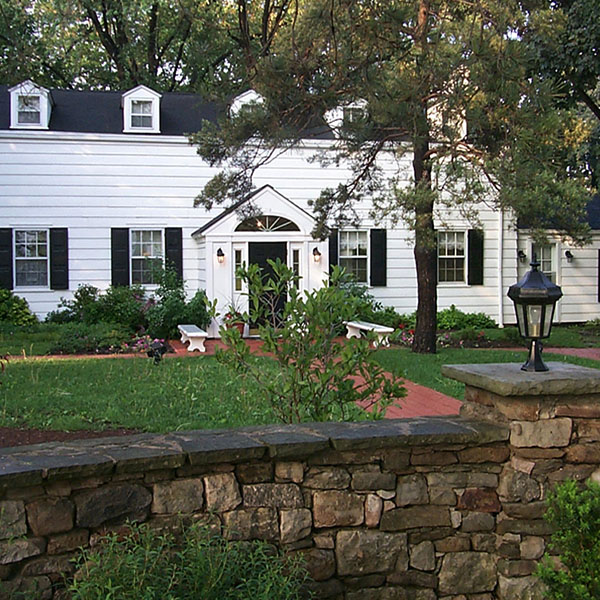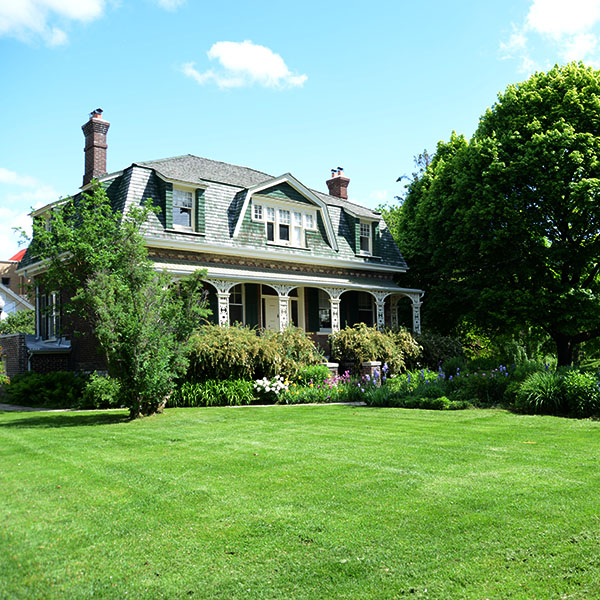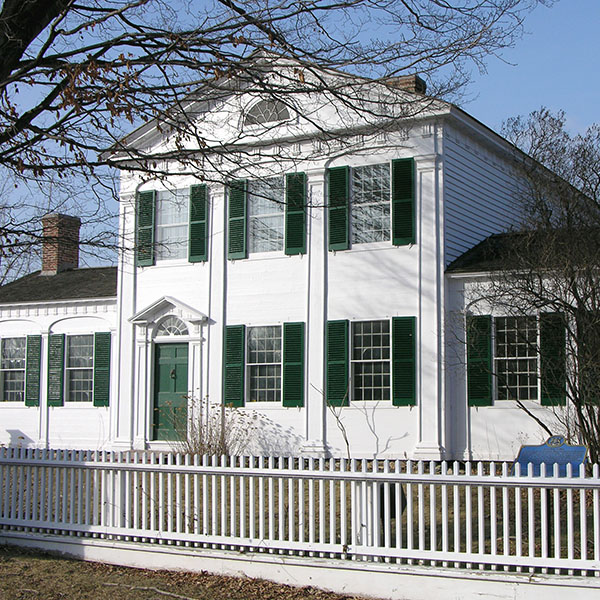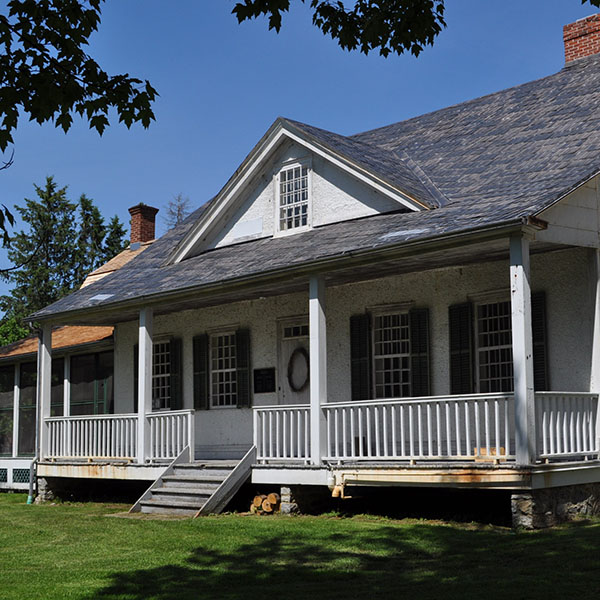Menu
History
An Indigenous presence at Scotsdale Farm can be dated to around 1500 CE, with the establishment of an Iroquoian village at the east of the property. Today, Scotsdale is within the traditional territory of the Mississaugas of the Credit and is part of Treaty 19.
In 1836, Christopher Cook, an Irish immigrant, established a farm on this site. His family and their descendants lived there for over a century before selling the farm and 80 hectares (200 acres) to Stewart and Violet (Letty) Bennett in 1938.
The Bennetts were well known and wealthy agriculturalists. They worked with architects to transform the property into a pastoral landscape. They redeveloped the existing farmhouse and barn from the Cook homestead, and added most of the other buildings on the property between 1940 and 1960. The Bennetts bred Arabian horses and shorthorn cattle. Their cattle won championships and prizes both locally and internationally.
In 1982, the Bennetts donated Scotsdale Farm — at that time about 215 hectares (531 acres) — to the Ontario Heritage Trust. Today, Scotsdale is a destination for hiking, walking and photography.
Heritage significance
Scotsdale Farm is part of the Niagara Escarpment, a World Biosphere Reserve. It is home to two environmentally sensitive areas and its wetlands, stream system and forests play important and essential roles in the local ecosystem. The site is home to many rare plants, a variety of fish, and grassland birds like the Eastern Bobolink.
The pastoral design of the farm and its buildings is an example of a gentleman farmer’s estate, with elements of a working farm — such as cattle and horse barns — retained amid a cultivated and curated landscape. The farm is associated with the Bennetts, who transformed the space into an internationally renowned breeding farm for shorthorn beef cattle.





